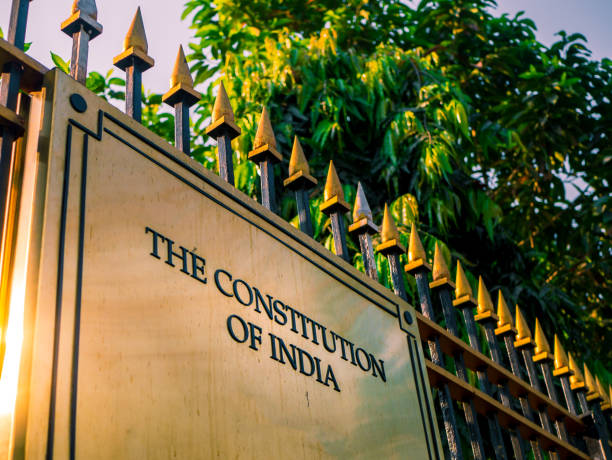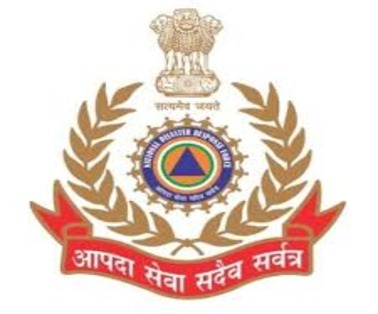“Explore the dynamic landscape of Indian democracy in the 21st century with our in-depth blog. Uncover the genesis, triumphs, and challenges that shape this vibrant democracy. From the pillars of governance to the impact of technology, discover the resilient essence of Indian democracy. Gain insights into the political dance, socio-economic disparities, and the role of citizens in shaping the nation’s destiny. Journey through the past and present, understanding how India’s democracy, with all its intricacies, remains a beacon of hope. Read more to unveil the tapestry of Indian democracy – a narrative of evolution, challenges, and triumphs.”
Introduction:
In the grand tapestry of global politics, India stands as a vibrant and diverse democracy, an exemplar of unity in diversity. As the world watches, the Indian democratic system navigates the complexities of a multi-cultural, multi-lingual, and multi-religious society. In this blog, we will delve into the intricate layers of Indian democracy, exploring its evolution, challenges, and triumphs in the 21st century.
Section 1: The Genesis of Indian Democracy
To understand the present, it is imperative to revisit the past. The roots of Indian democracy can be traced back to the adoption of the Constitution in 1950. Crafted by visionaries like Dr. B.R. Ambedkar, the Constitution laid the foundation for a democratic republic that values equality, justice, and liberty. The spirit of the freedom struggle, coupled with the wisdom of the framers, shaped the democratic ethos of the nation.
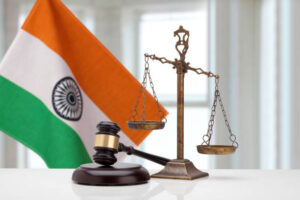
Section 2: The Pillars of Indian Democracy
Indian democracy rests on three crucial pillars – the Legislature, Executive, and Judiciary. Each plays a unique role in maintaining the delicate balance of power. The Parliament, comprising the Lok Sabha and Rajya Sabha, enacts laws and represents the diverse voices of the nation. The Executive, led by the Prime Minister, implements these laws, while the Judiciary acts as the guardian of the Constitution, ensuring justice and safeguarding fundamental rights.
Section 3: The Dance of Politics
The political landscape of India is a vibrant mosaic of parties, ideologies, and alliances. From the Indian National Congress to the Bharatiya Janata Party, regional players like the Aam Aadmi Party and the Dravida Munnetra Kazhagam, each contributes to the kaleidoscope of Indian democracy. The electoral process, marked by periodic elections, witnesses the dance of politics as parties vie for the mandate of the people.
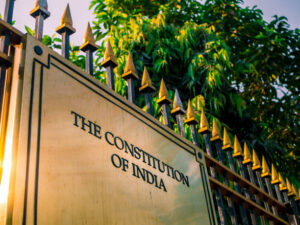
Section 4: Challenges to Indian Democracy
Despite its resilience, Indian democracy faces a myriad of challenges. From socio-economic disparities to religious tensions, issues like corruption and political polarization threaten the fabric of the nation. The rise of populism and the influence of money in politics are challenges that demand a critical examination.
Section 5: The Triumphs of Indian Democracy
Amidst challenges, Indian democracy has showcased remarkable triumphs. The peaceful transfer of power, the empowerment of marginalized communities, and the successful conduct of the world’s largest elections are testaments to the strength of the democratic framework. Grassroots movements, citizen activism, and the power of the ballot have shaped the destiny of the nation.
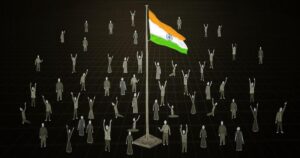
Section 6: Technological Impacts on Indian Democracy
In the 21st century, technology has emerged as a powerful force shaping the contours of Indian democracy. Social media platforms, online activism, and digital governance have transformed the way citizens engage with politics. However, the dark side of technology, including misinformation and digital manipulation, poses new challenges to the democratic process.
Conclusion:
As we navigate the complexities of the 21st century, Indian democracy stands as a beacon of hope and resilience. The journey from the Constituent Assembly to the digital age has been marked by evolution, challenges, and triumphs. By understanding the past and addressing present challenges, India can continue to strengthen its democratic foundation, ensuring a vibrant and inclusive future for its citizens.
Disclaimer:
The information provided in this blog is for general informational purposes only. While we strive to keep the information up-to-date and accurate, we make no representations or warranties of any kind, express or implied, about the completeness, accuracy, reliability, suitability, or availability concerning the blog or the information, products, services, or related graphics contained in the blog for any purpose.
Any reliance you place on such information is strictly at your own risk. In no event will we be liable for any loss or damage including, without limitation, indirect or consequential loss or damage, or any loss or damage whatsoever arising from the use of this blog.
Through this blog, you can link to other websites that are not under the control of the blog author(s). We have no control over the nature, content, and availability of those sites. The inclusion of any links does not necessarily imply a recommendation or endorse the views expressed within them.
Every effort is made to keep the blog up and running smoothly. However, the blog author(s) take no responsibility for, and will not be liable for, the blog being temporarily unavailable due to technical issues beyond our control.

